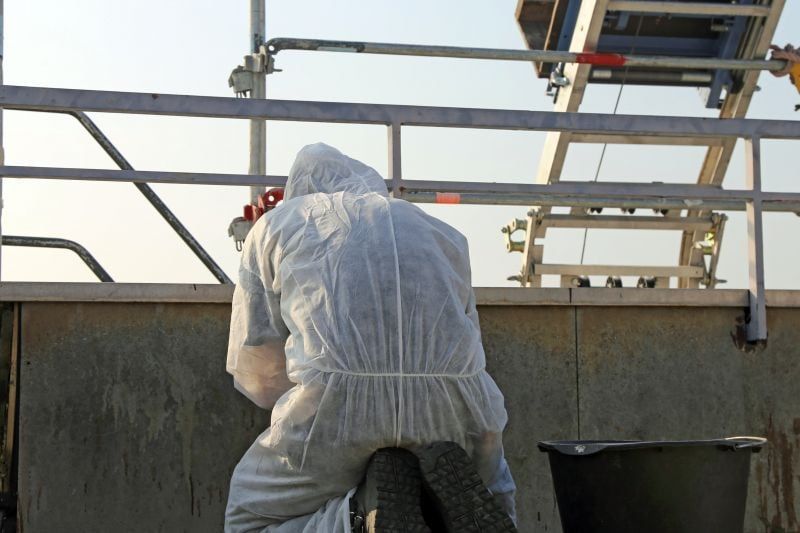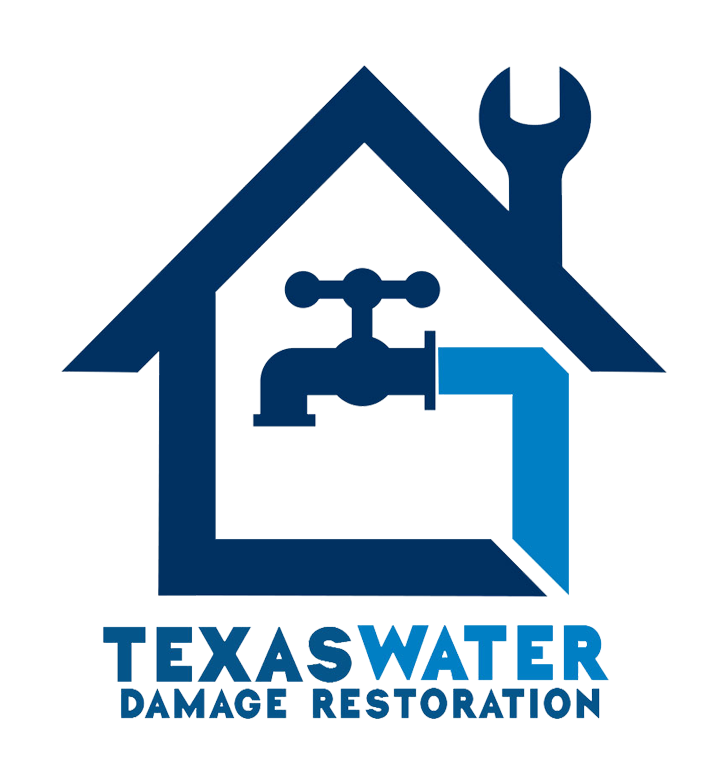
The Importance of Drying Water-Damaged Mattresses
Water damage can occur in homes due to various reasons such as flooding, leaking pipes, or roof leaks. When water enters your home, it can seep into your mattresses, leading to potential health hazards and damage. It is essential to take immediate action and implement drying techniques to restore comfort and hygiene in your living space.
Assessing the Severity of Water Damage
Before diving into the drying process, it is crucial to assess the severity of the water damage on your mattress. Determine whether the water damage is limited to surface-level moisture or if the mattress is soaked through. This assessment helps in deciding the appropriate drying technique to apply.
Drying Techniques for Surface-Level Moisture
If the water damage is minimal and only affects the surface of your mattress, you can use the following techniques to dry it:

- Remove all bedding and linens from the mattress.
- Place the mattress in a well-ventilated area with good air circulation.
- Use fans or open windows to promote airflow and expedite the drying process.
- Rotate the mattress periodically to ensure even drying on all sides.
- Avoid direct sunlight, as it can cause discoloration and damage to the mattress fabric.
- Monitor the moisture levels regularly and continue the drying process until the mattress is completely dry.
Drying Techniques for Soaked Mattresses
If your mattress has been completely soaked due to extensive water damage, it is essential to follow more intensive drying techniques:
- Remove all bedding and linens from the mattress.
- Use a wet-dry vacuum to extract as much water as possible from the mattress.
- Place the mattress in a well-ventilated area with good air circulation.
- Use fans, dehumidifiers, or heaters to create airflow and expedite the drying process.
- Consider using moisture-absorbing materials such as silica gel packets or baking soda to aid in moisture removal.
- Rotate the mattress periodically to ensure even drying on all sides.
- Monitor the moisture levels regularly and continue the drying process until the mattress is completely dry.
Preventing Mold and Mildew Growth
Mold and mildew can quickly develop on a damp mattress if proper drying techniques are not implemented. To prevent the growth of mold and mildew:
- Ensure the mattress is completely dry before covering it or using it.
- Inspect the mattress carefully for any signs of mold or mildew growth. If detected, professional mold remediation services may be required.
- Regularly clean and sanitize your mattress to maintain hygiene and prevent the development of mold and mildew.

Contact Texas Water Damage Restoration Pros for Expert Assistance
If you encounter water damage on your mattress that exceeds your capabilities or if mold growth is present, it is advisable to seek professional assistance. Texas Water Damage Restoration Pros offers reliable water damage restoration services, including mattress drying, mold remediation, and more. Call us at 817-587-4040 or visit Texas Water Damage Restoration Pros for immediate assistance.
